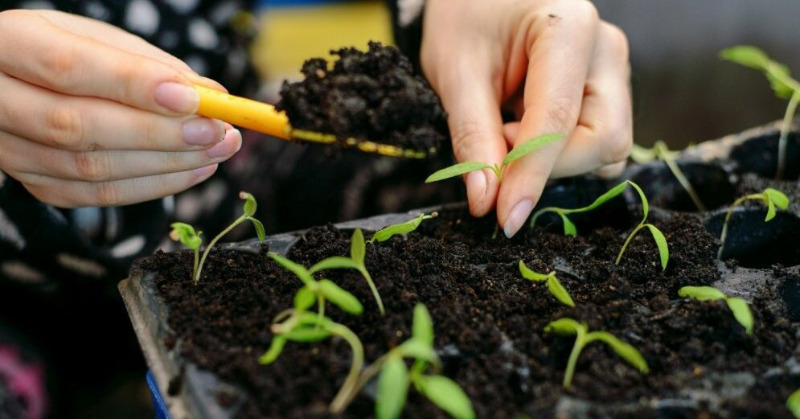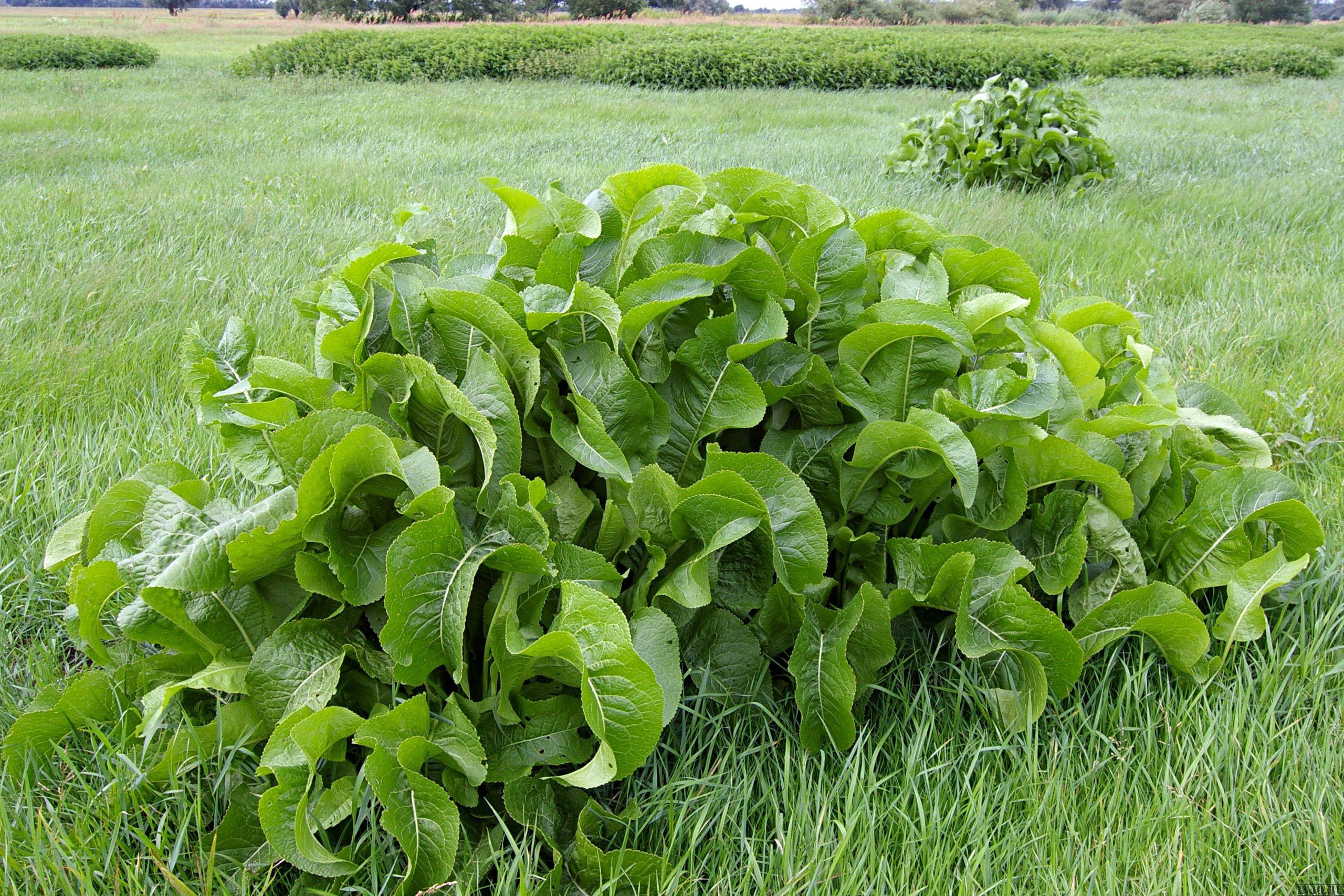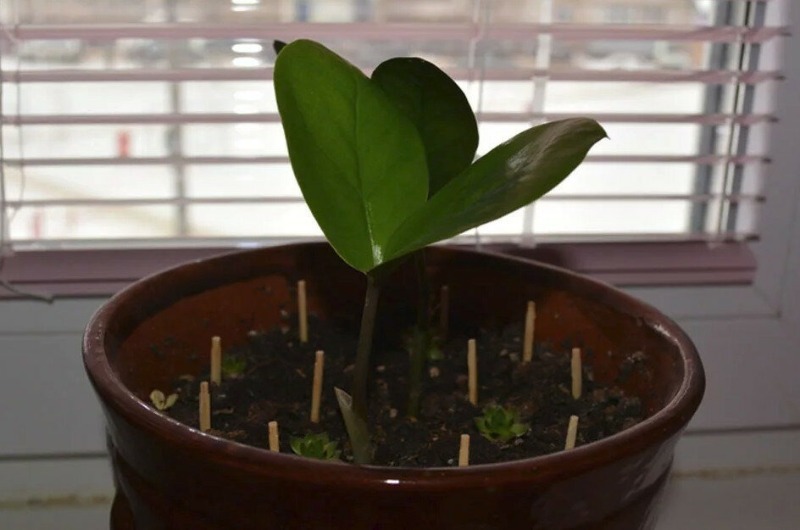Proper soil preparation plays an important role in growing seedlings. Its composition must fully meet the requirements of each vegetable garden. Young vegetable seedlings get sick and wither if the soil mixture was selected incorrectly. We will tell you what rules should be followed in order to avoid mistakes.

What should be the soil for seedlings
In order for the seedlings to be healthy and develop quickly, the soil for them must be fertile. The lack of nutrients has an extremely negative impact on the health of future vegetables. In this case, they look weak and pale, do not gain green mass.
Plants primarily need nitrogen, potassium, phosphorus and calcium for growth. Keep the substrate light and fluffy to allow moisture and oxygen to pass through. Without them, the root system is in a depressed state. But there should be no stagnation of water at the roots, otherwise the seedlings will suffer from fungal diseases. The optimum acidity of the soil for vegetable crops is from 6.5 to 7. They do not like acidity. Good quality soil contains useful microflora.
What should not be in the ground
Remove large insect larvae and plant debris from the soil. Make sure that it does not contain weed seeds that will take away food and water from the seedlings. Remember to treat pests and fungal spores before sowing.
Also make sure that the prepared substrate is free of toxic substances. They will poison your plantings and negatively affect the health of people who eat their fruits. Therefore, in no case do not collect land in the immediate vicinity of highways and industrial enterprises. Decomposing components are harmful in that they provoke the release of heat in a significant amount, which is bad for the root system. The presence of clay is also undesirable. It makes the soil heavier, making it impervious to air and moisture.
Ingredients for the preparation of soil mixture
You can buy ready-made soil in the store, but it is best to make it yourself, because there is nothing complicated about it. You just need to follow certain rules and take only those ingredients that are needed.
Organic
Any soil for a garden contains such organic elements as sod and leafy soil, humus. You can use peat instead of turf.
Many summer residents add sphagnum and eggshells. Wood ash is also considered a mandatory component. It not only enriches plantings with nutrition, but also protects them from many diseases, acting as an antiseptic.
Inorganic
It is customary to use river sand, perlite, vermiculite and hydrogel. Before use, the sand is washed to remove iron and manganese impurities, which are not shown to plants in excess. Perlite is an environmentally friendly material. It loosens the earth and also has unique absorbent properties.
Vermiculite is similar to it, but additionally contains potassium, magnesium and calcium. A hydrogel is a polymer that helps to reduce the amount of watering while maintaining the desired moisture level.
Compositions of soil mixtures for different horticultural crops
Each gardener has his own preferences in this matter. But there are general guidelines that are considered universal.They allow you to create suitable conditions and provide the seedlings with all the necessary elements.
Pepper, tomatoes, cabbage, eggplant
For these capricious vegetables, we take one part of the sod land, peat or humus, sand or perlite. It is also useful to add a little lime under the cabbage.
Celery, onion
The following composition is suitable for these vegetables: one part of humus, two parts of turf and one part of sand. It is recommended to add 2 cups of wood ash to the bucket.
Cucumber, pumpkin
To grow representatives of the pumpkin family, a mixture of humus and sod land in a 1: 1 ratio is required. Do not forget about an extra glass of ash, because it is a very valuable component for seedlings.
Soil preparation before planting
First of all, the soil must be disinfected before planting. This procedure prevents contamination by pathogenic bacteria and fungi. In addition, pest eggs remain in the ground for a long time.
There are several ways to process the substrate. It can be ignited in the oven by holding it there for half an hour at a temperature of 40 degrees. You do not need to heat too much. The steaming process involves the use of a water bath. The substrate is kept on it for a couple of hours, the container is covered with a lid.
A method such as freezing is also effective. The land is harvested in the fall and left for the winter outside, covered from snow and rain. A month before sowing, it is brought into the house, allowed to warm up and mixed with the rest of the ingredients. After that, they are again taken out into the cold. Exposure to low temperatures kills parasites and fungal spores.


